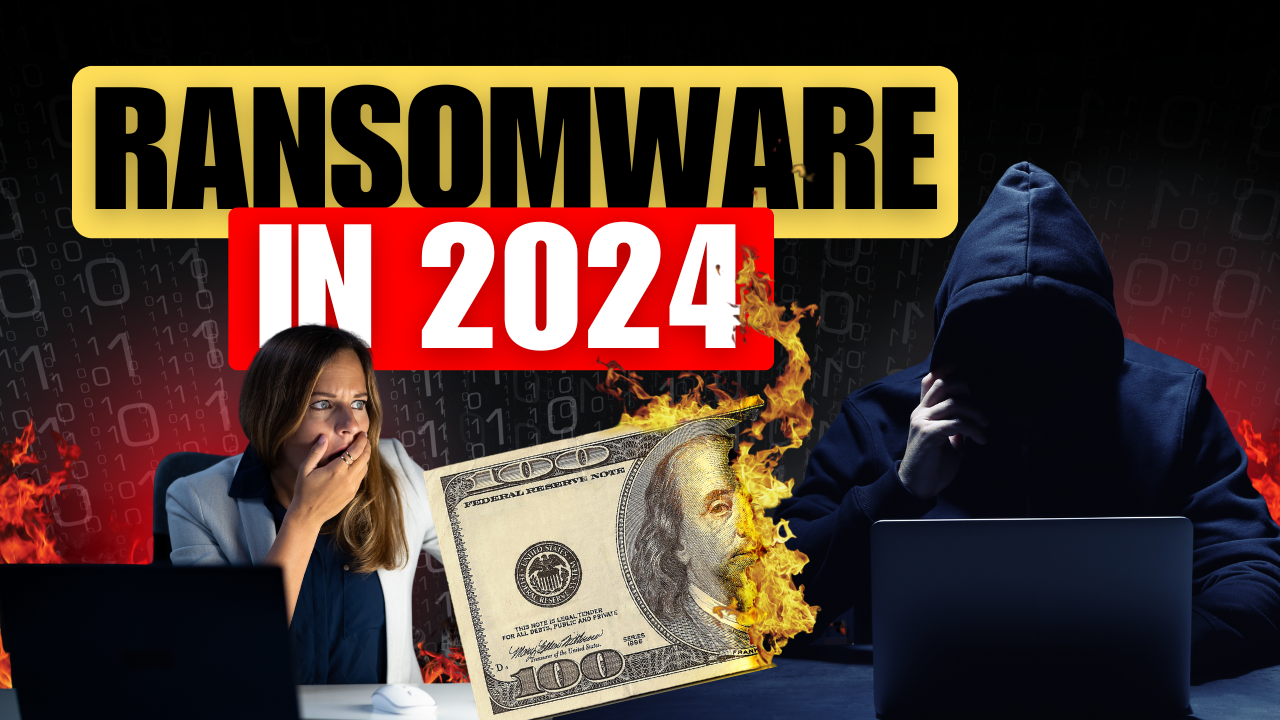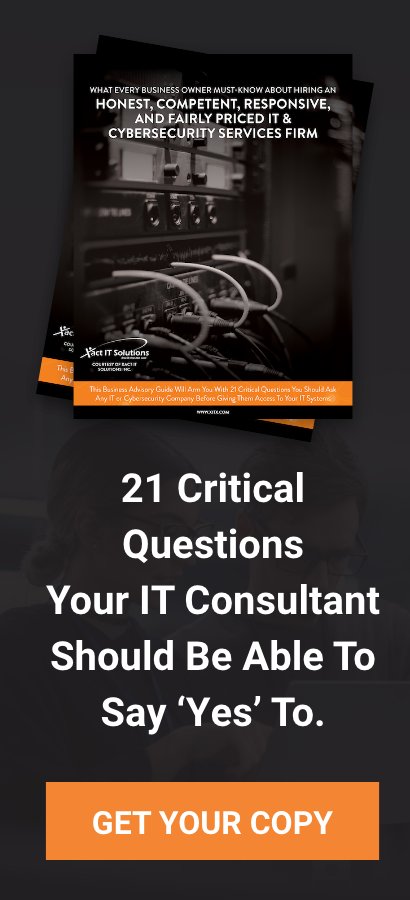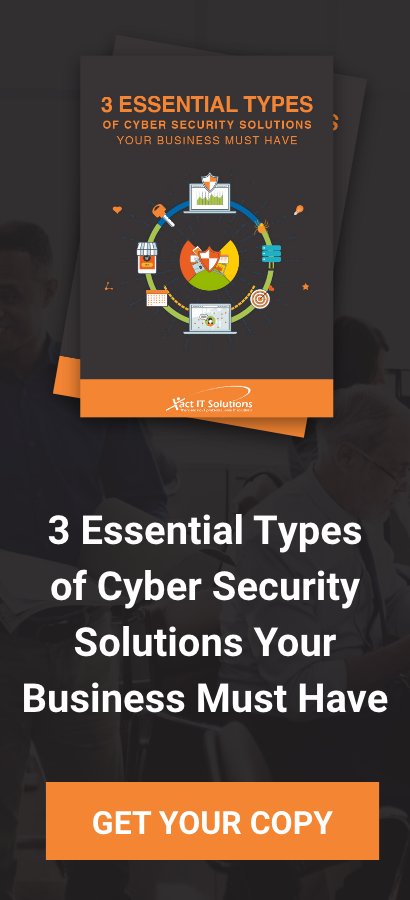In 2024, ransomware has continued to be one of the most devastating cyber threats facing businesses globally. As we explore this escalating crisis, it becomes clear that the tactics used by cybercriminals are evolving rapidly, becoming more sophisticated, more frequent, and more costly than ever before.
The Rising Cost of Ransomware Attacks
According to IBM's annual Cost of a Data Breach Report, the global average data breach cost has surged to $4.9 million in 2024. This represents a 10% increase from the previous year—the largest since the onset of the pandemic. The financial toll of ransomware is not just about paying the ransom; it’s also about the extensive operational downtime, lost business, and costly post-breach responses that can cripple an organization.
One of the most staggering examples comes from Zscaler's Threat Labs, which reported a record-breaking ransom payment of $75 million this year. Such figures underscore the growing audacity and sophistication of ransomware attackers. They target businesses of all sizes with relentless precision.
Ransomware Frequency and Targeted Industries
The frequency of ransomware attacks is on the rise. Zscaler’s report highlighted an 18% yearly increase in ransomware incidents, with total payments exceeding $1 billion in 2023. These attacks result in extended downtimes, substantial data loss, and excessive recovery costs.
Certain industries are particularly vulnerable. Manufacturing, healthcare, and technology sectors are among the hardest hit, with manufacturing suffering the most, experiencing over 650 attacks—more than double that of any other industry. Geographically, the United States remains the prime target, bearing the brunt of nearly 50% of all global ransomware attacks.
The Role of Insider Threats and Skill Shortages
One of the major challenges in combating ransomware is the role of malicious insider threats. IBM’s report reveals that breaches involving insiders have averaged nearly $5 million per incident. Compounding this issue is the acute shortage of skilled cybersecurity professionals, which adds an average of $1.76 million to the cost of a data breach for organizations facing severe staffing shortages.
AI and Automation: A Beacon of Hope
However, it’s not all bleak. There is hope on the horizon, particularly through AI-powered cybersecurity strategies. Organizations leveraging AI and automation in their Security Operations Centers (SOCs) have seen a significant reduction in breach costs, with average savings of about $2.2 million. These technologies are proving to be a crucial line of defense in the ongoing battle against ransomware.
The Evolution of Ransomware Tactics
Ransomware tactics have evolved significantly over the years. Initially, these attacks were straightforward—malware would encrypt a victim’s files, and the attacker would demand a ransom for the decryption key. Today, attackers use more sophisticated techniques like data exfiltration, where sensitive information is stolen before being encrypted. This allows cybercriminals to double down on their extortion efforts, threatening to release the stolen data publicly if their demands aren’t met.
One particularly concerning trend is the rise of Ransomware-as-a-Service (RaaS) models and the increasing use of zero-day attacks on legacy systems. The growing prevalence of vishing (voice phishing) and AI-powered attacks only adds to the complexity of defending against these threats.
The Trap of Re-Extortion
A disturbing trend that has emerged is re-extortion, where companies that have paid a ransom are targeted again, sometimes by different ransomware groups. This trend is often fueled by inadequate security improvements after the initial attack, budget constraints, and a lack of cybersecurity expertise.
Shockingly, a recent survey revealed that nearly one-third of companies that suffered a ransomware attack ended up paying a ransom four or more times within the past 12 months to regain access to their systems. Moreover, about 75% of the 900 companies surveyed reported paying a ransom, with 10% of them paying over $600,000. Even more troubling is that more than one-third of the companies that paid the ransom did not receive functional decryption keys, or were given corrupted keys, leaving them with locked files and no recourse.
Breaking the Cycle: Steps to Protect Your Business
To break the vicious cycle of re-extortion and protect your business from the ever-growing ransomware threat, it’s crucial to take the following steps:
- Invest in Comprehensive Security Measures: This includes immediate improvements following an attack and ongoing investment in cybersecurity to address evolving threats.
- Conduct a Thorough Post-Incident Analysis: Understand how the breach occurred, identify specific vulnerabilities, and address them immediately.
- Implement Long-Term Cybersecurity Strategies: Enhance your overall security posture through regular audits, continuous monitoring for potential threats, and employee training on cybersecurity best practices.
- Develop a Robust Incident Response Plan: Ensure you have a detailed remediation plan in place to address weaknesses and prevent future attacks. Additionally, consider adopting a Zero Trust architecture, which mandates continuous verification and strict access control, reducing the risk of lateral movement and stopping ransomware threats before they can inflict damage.
Join the Fight Against Cybercrime
The state of ransomware in 2024 is more dire than ever, but with the right strategies and technologies, we can mitigate these risks. Stay informed, stay vigilant, and invest in robust cybersecurity measures to protect your business from becoming the next victim.



